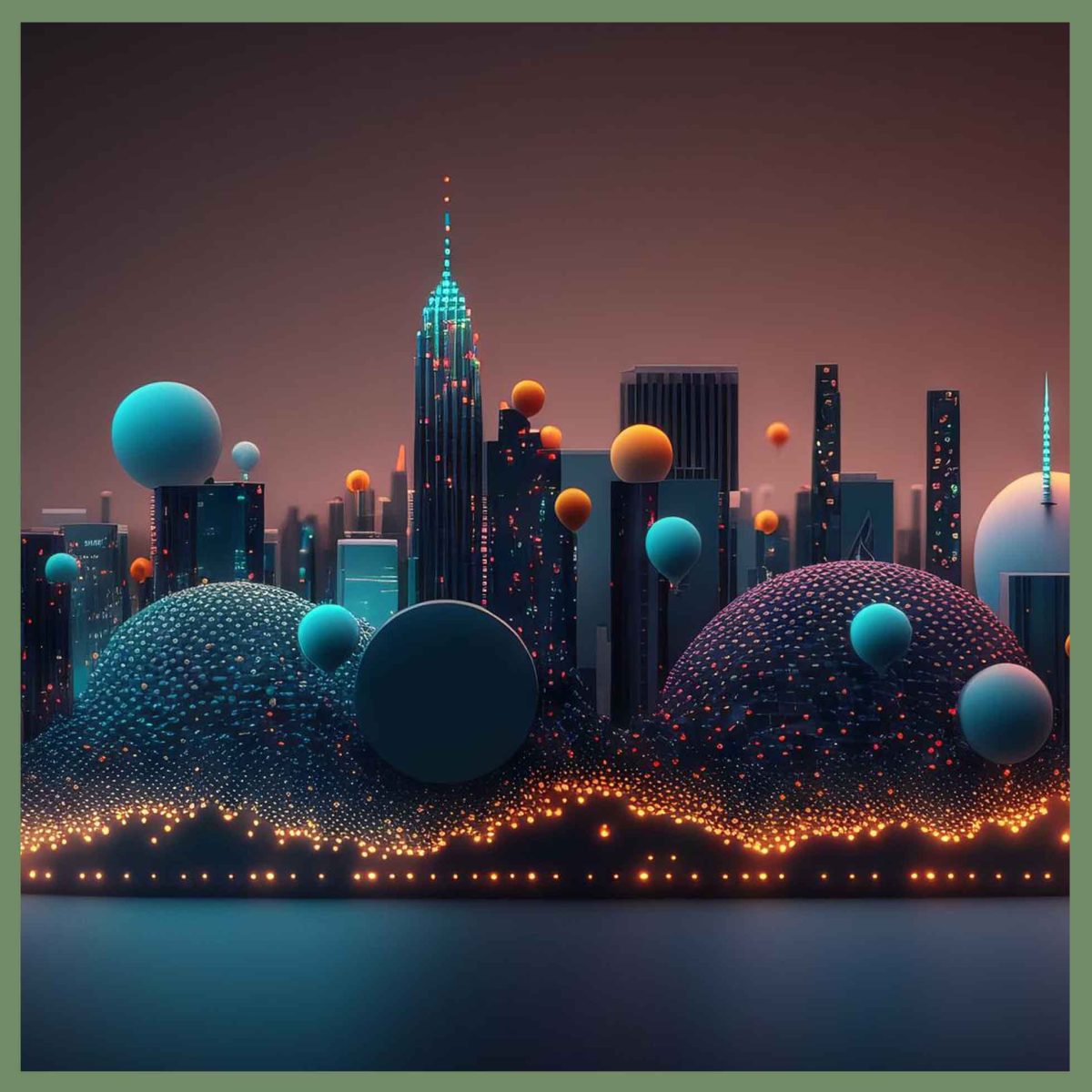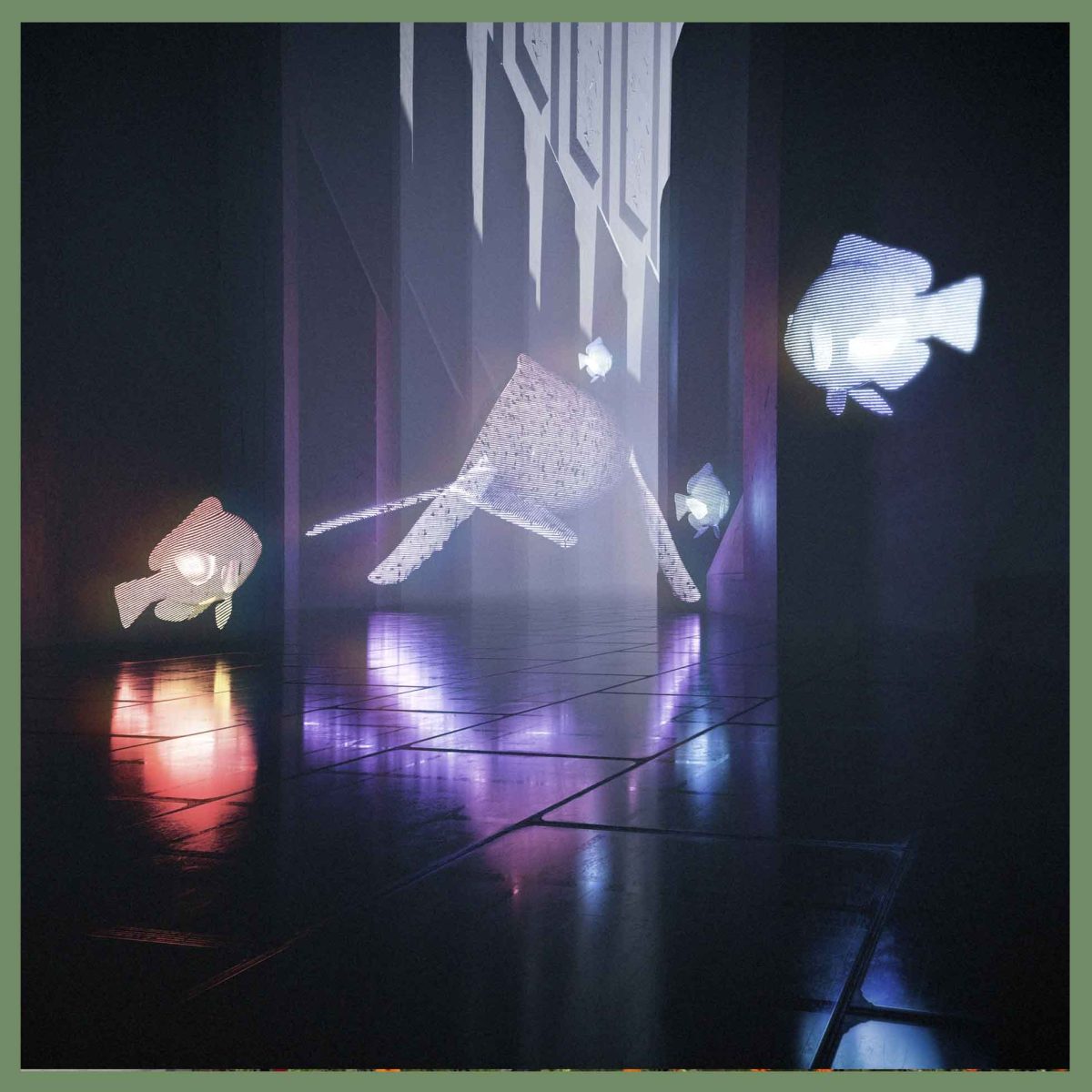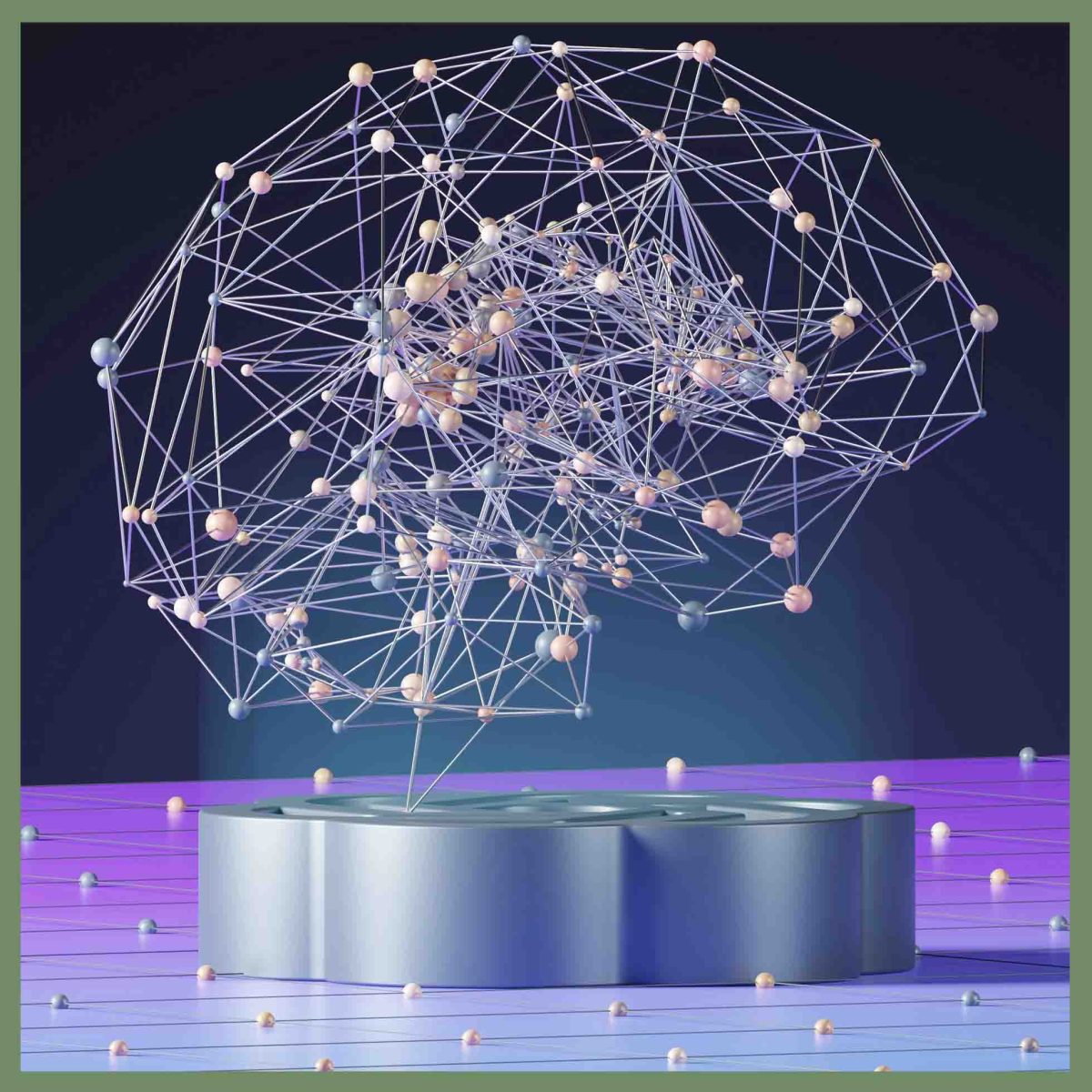

Co-Creation in the Realm of Creativity
Urban art, once limited to simple murals and public sculptures, is rapidly evolving with the emergence of new technologies. These exciting developments offer unprecedented opportunities for artists, innovators, and technologists to collaborate on creating interactive and dynamic artworks that push the boundaries of creativity.
In this article, I will explore some of the emerging co-creation methods in urban art that are currently taking shape:
Augmented Reality and Virtual Reality: These technologies allow artists to add new layers of information and experiences to their physical works. For example, augmented reality can be used to create interactive murals that come to life as viewers move around them, or virtual reality can be used to create immersive experiences that transport viewers into the world of the artwork.
Artificial Intelligence (AI): AI can be used to generate unique patterns, images, and animations that can be used to create urban art. It can also be used to develop interactive systems that allow audiences to connect with art in a personal and meaningful way.
Internet of Things (IoT): The IoT allows artists to connect their artworks to digital networks and collect and process real-time data from the real world. This can lead to the creation of dynamic urban art that responds to environmental conditions, audience behavior, or current events.
3D Printing: 3D printing allows artists to create complex and unique 3D objects directly from digital files. This can lead to the creation of public sculptures, art installations, and even urban furniture that were previously impossible.
Co-creation in urban art using these emerging technologies has the potential to create new and engaging art experiences that can connect communities, spark conversations, and offer new perspectives.
Here are a few examples of interactive urban art projects that are currently underway:



These are just a few examples of what is possible in the future of urban art with the use of emerging technologies. As these technologies continue to advance, we can expect to see the emergence of new and exciting forms of urban art that push the boundaries of creativity and connect communities in new and meaningful ways.
In your opinion, how much potential of emerging technologies has been used in Iranian urban art and city beautification projects?
Note: The general content of this article was prepared using artificial intelligence capabilities.